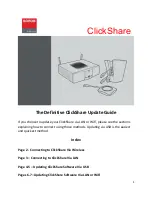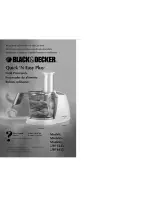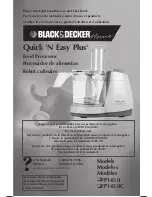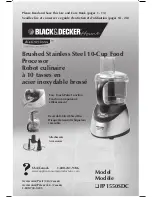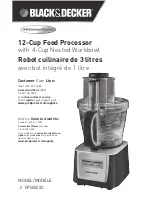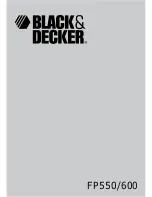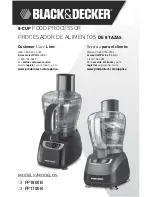
50
Multicast/DAB Style
In the Multicast, there are two groups of factory presets, Music and Talk. Within each group, there are presets for
each of four bitrates commonly used by codecs following the Omnia ONE: 24, 32, 48 and 64 kbps.
By starting with one of the factory presets (usually the one named closest to the primary programming and bitrate to
be used on the channel the Omnia ONE
Multicast is processing) and then altering it using the controls in the
Processing
menu, you may change the sound of a preset and then save it with your changes as a user preset for
either immediate use or later recall.
Here is a block diagram of the fully digital, DSP based processing stages within the
Omnia ONE Multicast:
The first
processing stage is a Wideband AGC (Automatic Gain Control) for overall, automatic “hand on the pot”
leveling to keep the following 4-
Band stages in their “sweet spot”, followed by the Bass Enhancers (Deep Bass EQ
and Phat Bass) and the Crossover (XO), wh
ich splits the audio into 4 bands for optimum processing in each of the
Bass (L), Midrange (M), Presence (P) and Treble (H) frequency ranges.
Each of the four processing bands consists of an AGC followed by a peak limiter. Each AGC works on the average
level in its band, passing faster transient peaks on to the following peak limiter. The 4-Band AGC acts as both a
“dynamic equalizer” and a gated compressor to add consistency and increase density at the same time. This helps
keep the following peak limiter stage from working too hard, allowing it to work only on transient peaks.
The outputs of each limiter are re-
combined in the Mixer (Mix), the output of which feeds Omnia’s
unique and
proprietary
Sensus
algorithm (See
Page 21
for more information)
and then our ultra low-
distortion Final Limiter.
More information on each of these processing stages can be found below in the descriptions for each processing
parameter control.
Increasing any setting will lead
to more aggressive processing. For example, a higher drive setting adds more gain
into the dynamics section, a higher attack or release setting means a faster time constant, a higher gate threshold
setting means more gating will occur, and a higher (fart
her to the right on the control) setting for a filter means more
filtering is occurring (so the lowest frequency settings for a low pass filter are farthest to the right on the control).
Depending on the type of control adjusted and its range, the chang
es you make can affect the sound in subtle or
extreme ways. Our advice is to make a limited number of changes at a time, make those changes in small
increments, and then listen to the results for a period of time before making any further adjustments. Keep in mind
that should you get “lost” you can always go back to where you started by simply recalling the factory preset that
you started with. The factory presets cannot be overwritten.
To get started, click on
Adjust Processing
from within the
Processing
menu.
































